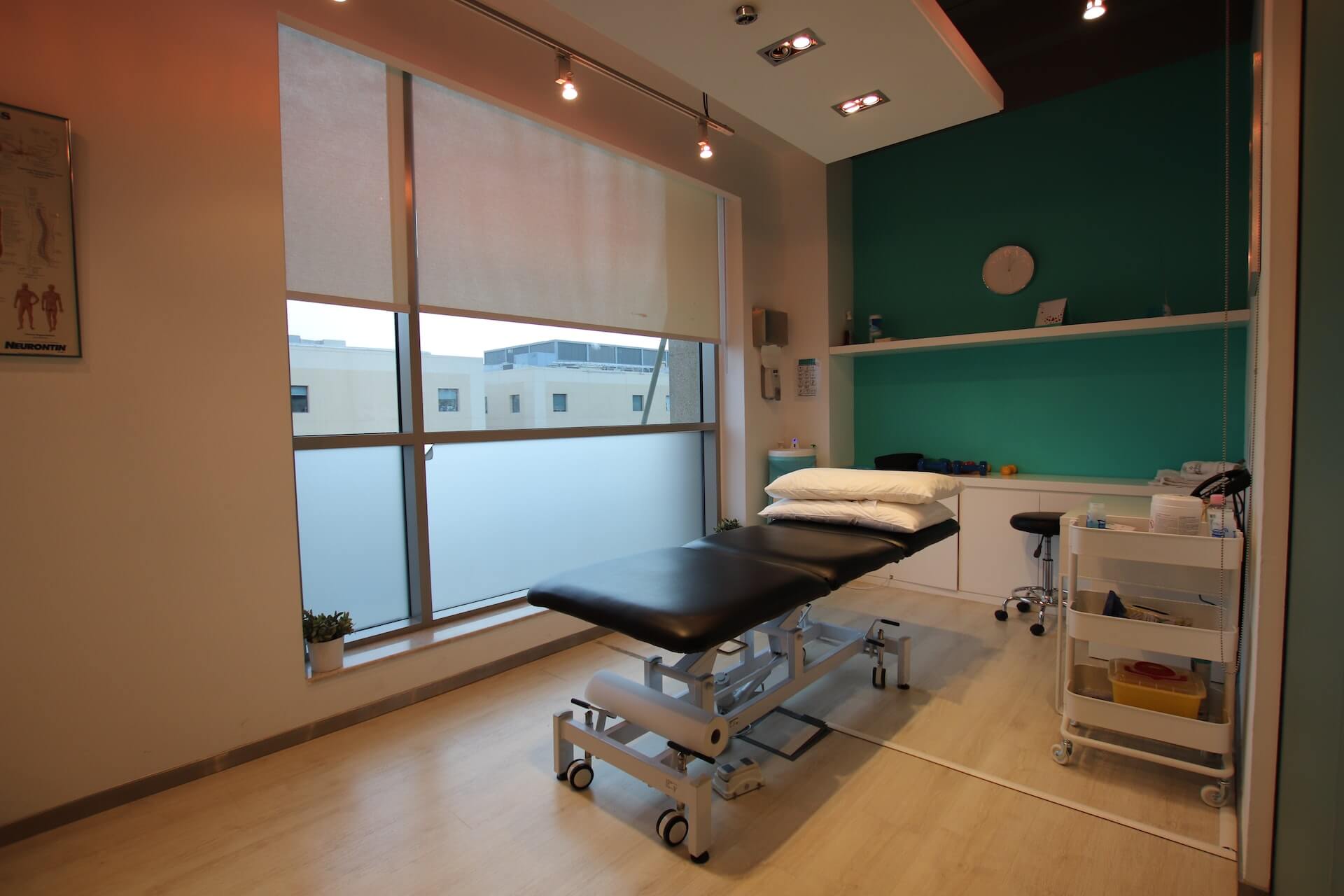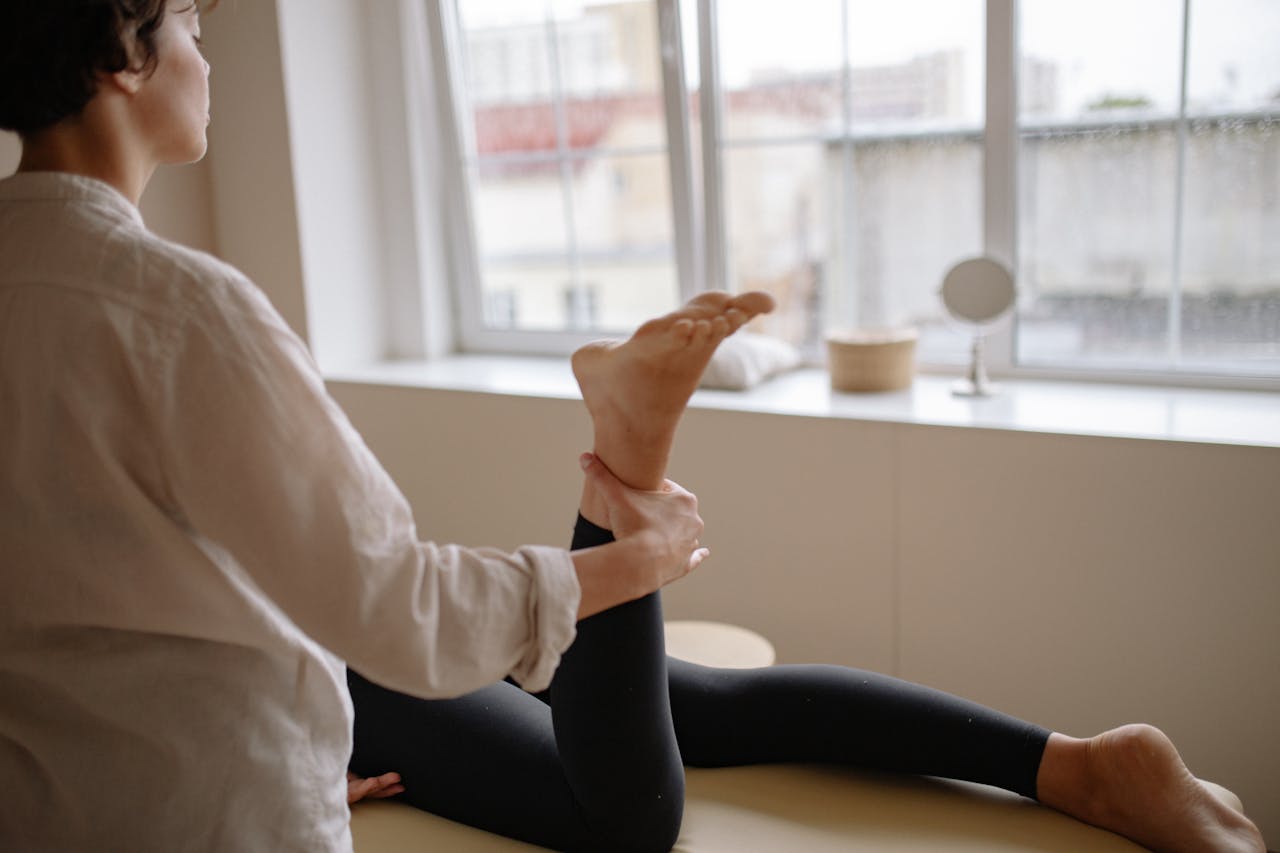Successful physical therapy relies on accuracy and results. Physical therapy clinics and practices everywhere are looking for ways to improve efficiency while providing effective solutions to their clients. And digital health technologies are helping them to do so.
But in a post-COVID world where people are struggling to keep up with hectic schedules and the shifts to home-based treatments are increasing, physical therapists (PTs) must find ways to adapt to this ‘new normal.’
Physical therapy technology is revolutionizing healthcare, and healthcare providers are using these tools alongside existing equipment. In this article, we look at how technologies like motion capture and computer vision are helping PTs. We also explore their biggest challenges and unpack some of the ways the technology used in physical therapy is helping to overcome them.
Physical therapy clinics: Primary efficiency and effectiveness challenges
Not enough PTs
Physical therapists are in high demand. The industry will likely face a shortfall of nearly 50,000 physical therapists by 2030 in the US alone. Despite the number of PTs expected to grow by over 20% in the next eight years, factors, including the COVID-19 pandemic, have led to an even bigger increase in demand for more of them.

Already, many clinics and practices are facing staff shortages. With more people gaining access to physical therapy, an increasingly aging population and an uptick in chronic diseases, the industry is facing a shortfall in people.
Burnout
As mental health problems and worker burnout take centre stage, we must find ways to support people in their jobs, especially among PTs. Long work hours, decreasing morale, and endless admin mean less time to connect and engage with patients.
According to a study conducted by WebPT concerning rehabilitation therapy and how COVID has affected the sector, burnout among PTs is a real problem. Of the 6,700 US rehab therapists surveyed, 46.8% indicated that they feel more burned out post-COVID than before the pandemic struck.
Long wait times
Nothing frustrates a patient more than waiting longer than usual to be seen by their physical therapist or to schedule an appointment. According to Cooper University, waiting times are up by 8% over the past five years and by as much as 24% since 2004. Add in an average 26-day wait for new patients to lock down an appointment, and access to equipment for physical therapy. It is no wonder many people feel frustrated, even before they see their PT.
Physical therapy patients often require urgent care. Those in pain or struggling to go about their daily lives cannot wait so long for appointments. And even if they can bide their time, once they get to see a PT, there may be additional complications to worry about, leading to avoidable chronic issues.
Clinics depend on fast turnarounds and patient satisfaction to succeed. Extended wait times and appointment dates can damage reputations and lead to a loss of business. PTs often take the blame for these frustrations, compounding burnout issues and stress levels.
Low adherence to home exercise program protocol
Since patients can do their exercises at home, the capacity of PTs to get them to stick to the program is a constant problem. And this poses a serious challenge to designing an effective program. Without being present, PTs also cannot monitor or enforce Home Exercise Protocols (HEPs) correctly.
A custom HEP is vital to a patient’s physical therapy effectiveness. People who stick to their programs report significantly higher success rates than those who don’t. Yet despite the need to follow guidelines and instructions effectively, between 50 and 70% of patients reportedly do not adhere correctly to their HEP. This can lead to recurring injuries, lengthy recovery extensions, and injury flare-ups. The result? Eroding faith in the program’s effectiveness and fewer positive results.
Wrong posture
Most PTs will agree that incorrect body posture is one of the biggest threats to effective physical therapy. Patients require guidance and instruction from an experienced therapist, and many struggle to maintain the right posture without it.
Often, patients recovering from injury or surgery are given an exercise routine and sent on their way. Then, at home, they must conduct these exercises by themselves with physiotherapy equipment for home use, risking further injury or complications, since nobody is around to correct them. Many activities are also geared towards a specific area, or muscle group, ignoring the rest of the body. This can create problems elsewhere if not performed correctly. Up to 50% of patients who do not comply likely face new difficulties that weren’t there before. Technology used in physical therapy is one of the most effective solutions to this challenge.

Lack of adherence measurement
Aside from non-adherence to exercises, effective measurement is another risk to recovery effectiveness. Accurately measuring an unsupervised patient’s at-home performance often relies on the patient’s self-reporting. This often leads to inaccurate data gathered, or bias, inhibiting the PT’s ability to do their job.
According to the NCBI, only two out of sixty-one at-home reports were considered acceptable and accurate. This means that the overwhelming majority of patients exercising at home are likely to provide inaccurate, biased feedback that – intentionally or not – serves their own agendas, compromising overall effectiveness.
Four examples of technology used in physical therapy
Here are four physical therapy technology solutions that will help you improve the efficiency of your clinic and boost training effectiveness.
1. Automated appointment reminders
All physical therapy clinics and hospitals deal with no-shows. In fact, most of them face no-show rates of between 5.5% and 50%, wasting valuable time and admin resources. Reasons for no-shows include anything from traffic and engagements to family duties and fear. The most common cause for why a patient fails to show up for their appointment, however, is simple forgetfulness.
Modern scheduling software allows you to book appointments and forward regular reminders to patients. Automated reminders can be sent via integrated SMS modules, calendar integrations, and email notifications. Auto-forward a message 24 hours before an appointment, providing your patient with an opportunity to cancel or reschedule if needed.
Scheduling tools like DocPlanner and Booksy are great options. They provide access to therapists’ calendars for online registrations and reminders.

2. Billing & scheduling module
CRM or patient management software improves your clinic’s efficiency while taking advantage of automation and the automated scheduling capabilities above. But besides keeping your patients in the loop, you’ll also need to take care of their billing needs.
These automation modules take the pressure off you and your business. By allowing new patients to sign up online and reserve sessions directly with PTs, you can more easily synchronize your clinic’s schedules with practitioners’ calendars and auto-generate invoices directly for each patient.
3. Telemedicine services
Telemedicine services have seen a massive surge in popularity in the wake of the COVID-19 pandemic, bringing technology used in physical therapy and advanced patient care into people’s homes. Telemedicine platforms like Doxy.me and OhMD have seen impressive adoption rates, with more people taking advantage of the benefits of this innovative healthcare and monitoring tool.
But things have evolved one step further, taking at-home training to the next level.
4. Motion tracking exercise platform for at-home use
The latest generation of physiotherapy equipment for home use offers patients and therapists access to a PT experience like never before. Namely, video calls are no longer the only option you have at your disposal to monitor how patients go about their at-home training.
Kemtai’s multidimensional motion-tracking exercise platform uses computer vision to ‘see’ your patients’ training and provide feedback for you.
How does it all work?
- Patients log onto your website or app and grant access to their device cameras
- Motion tracking then monitors and analyzes exercise movements
- Kemtai provides up-to-date feedback and instructions on posture improvement
- All at-home training sessions are recorded and stored for future access, allowing PTs to keep track of progress.

Kemtai’s solutions do not require additional tracking sensors or hardware and can work with any device or camera. Help patients stay on track without the need for them to travel to your clinic while providing them with accurate feedback and critical exercise and posture corrections.
See for yourself how technology used in physical therapy works, with one of our free sample workouts.
Physical therapy technology as key to tackling operational issues
Most physical therapy clinics aim to provide a service that produces results quickly and efficiently. However, many of them face operational challenges that can significantly impact how well the business performs. One of the most common struggles they face is a poor PT: patient ratio, which leads not only to therapist burnout, but also long wait times for people in need.
Here’s where computer vision and motion capture technology comes to the rescue. By using a solution like Kemtai, you can give your PTs the additional physical therapy resources they require to be more effective. Kemtai’s integrated software tracks up to 44 body motion data points, recording every movement, and analyzing performance and adherence to HEPs. Patients can access over 800 unique exercises, while physical therapists can develop more effective programs informed by accurate data and better access to their patients.
If you’re interested in seeing how a physical therapy technology like this works in real life, try out our free PT sessions or reach out to learn more. We’d love to discuss how we can support your clinic’s operations and accelerate patient recovery.

 8 min reading
8 min reading


